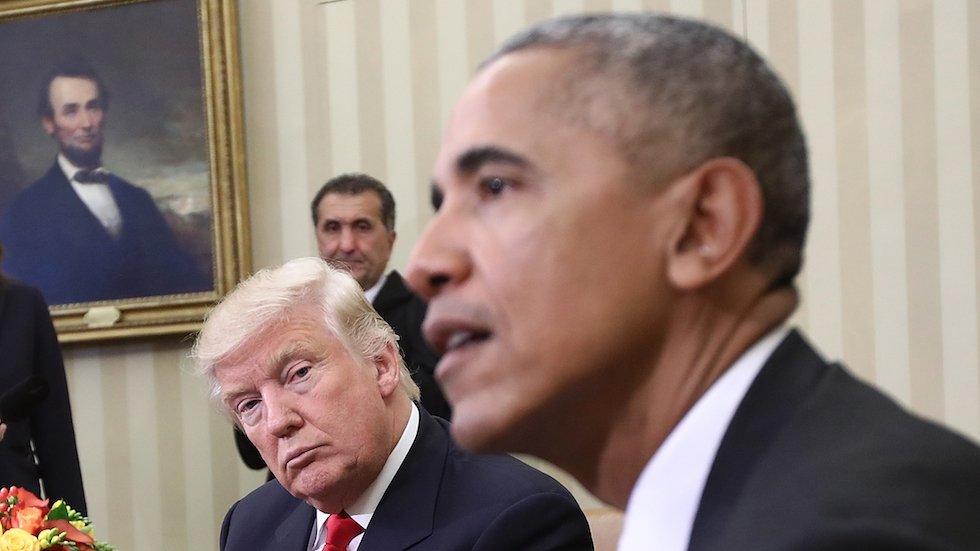This decision breaks from the precedent of lowering the flags for significant national officials from their death until burial as a show of respect,
As McCain was a U.S. senator, the proclamation instructs that flags be lowered
When asked about the White House decision to raise the flag, Davis said of the family,
Here are all of the guidelines about how long to leave flags at half-staff, set out in Eisenhower's proclamation.
Vice president, the chief justice or a retired chief justice of the United States Supreme Court, or the speaker of the House of Representatives: 10 days
Associate justice of the Supreme Court, a member of the Cabinet, a former
The governor of a state, territory or possession: Day of death until interment.







